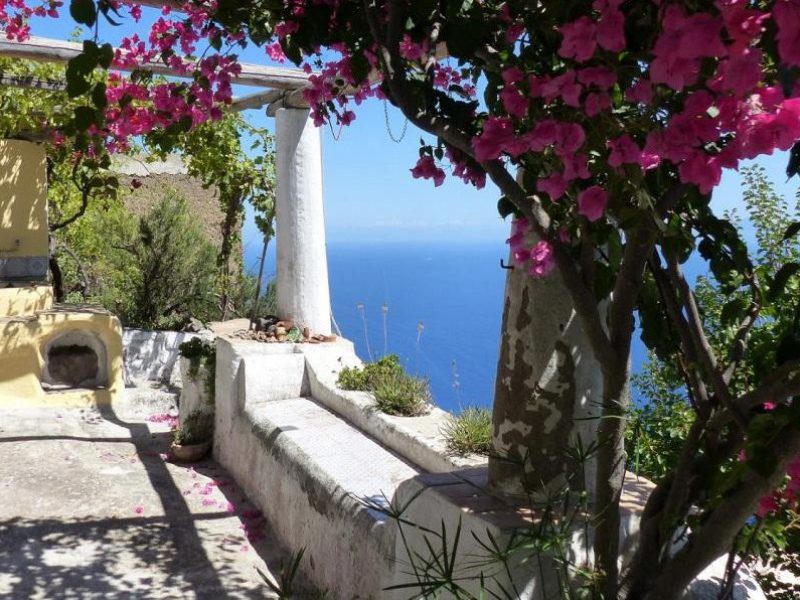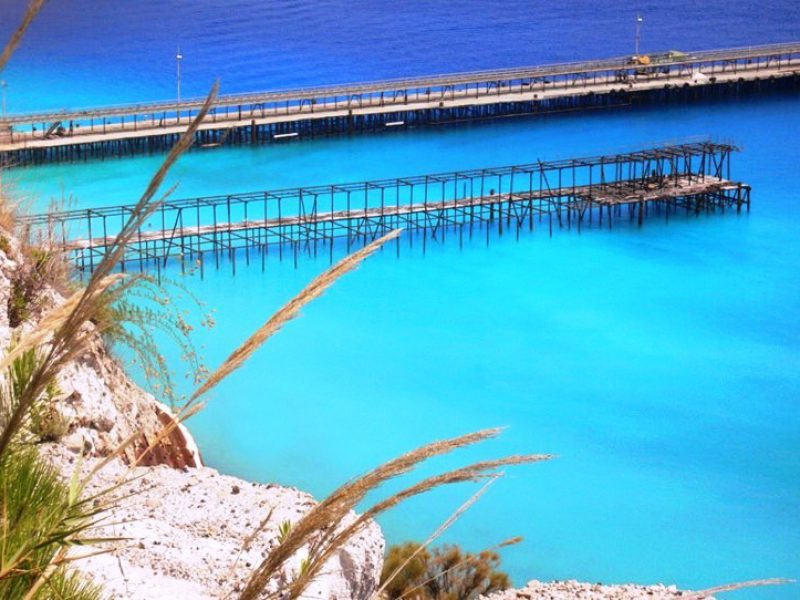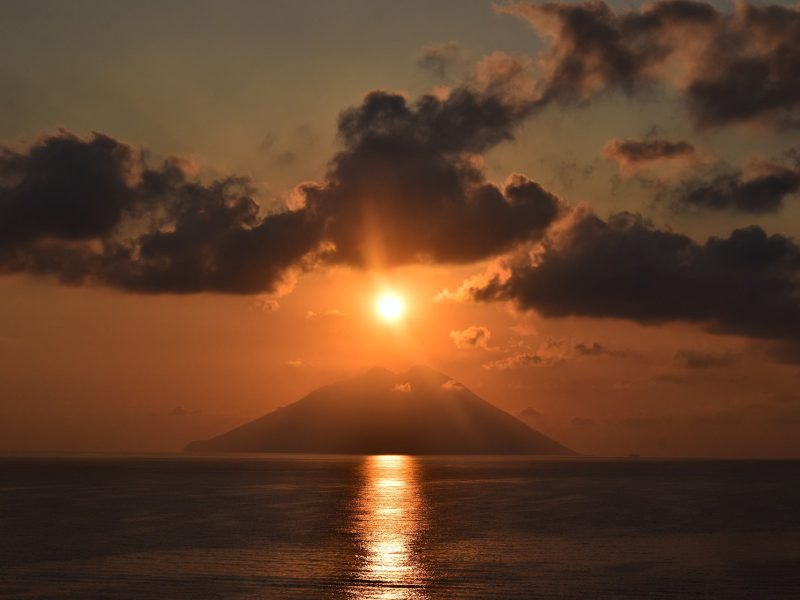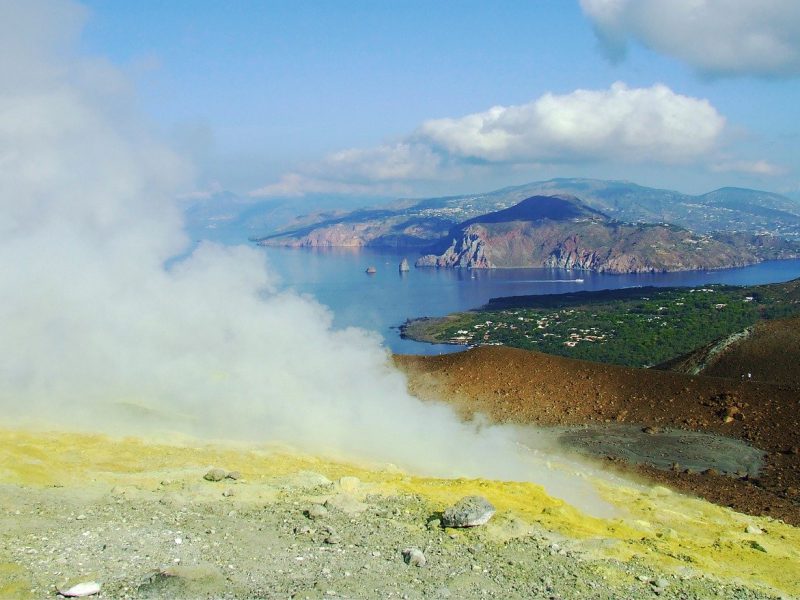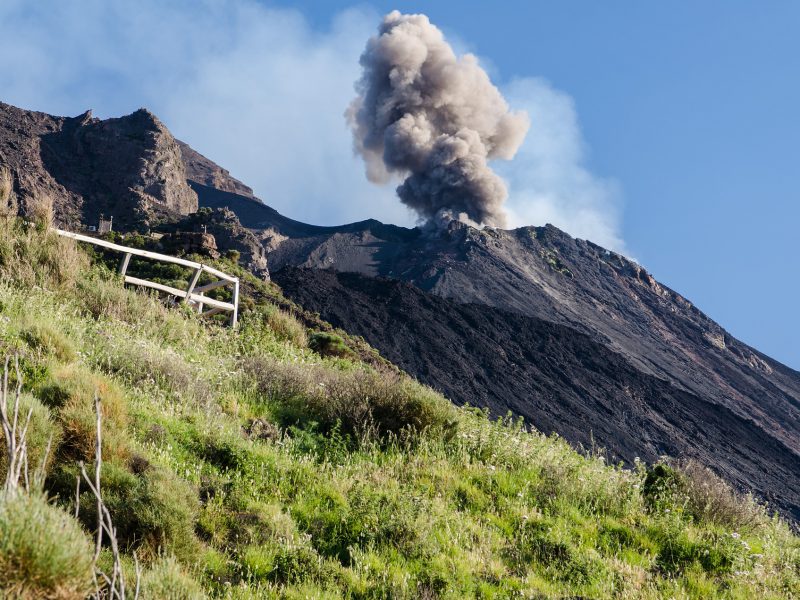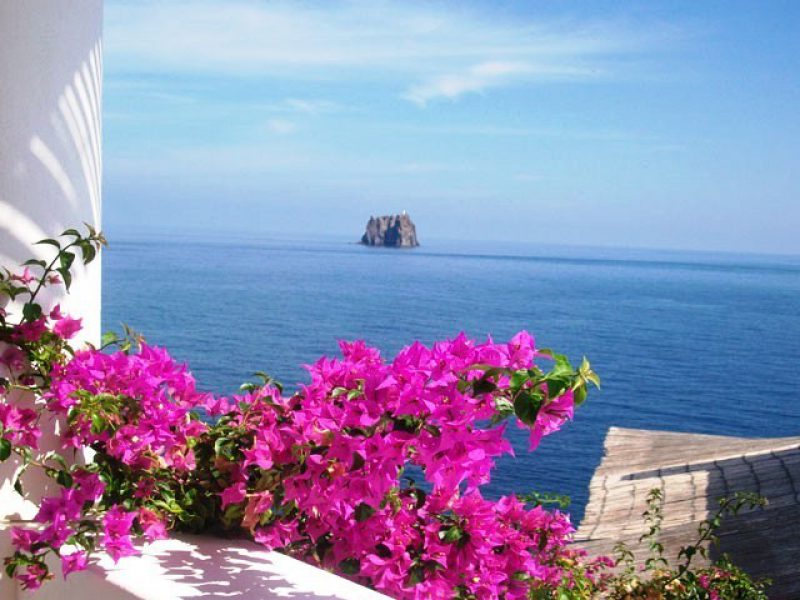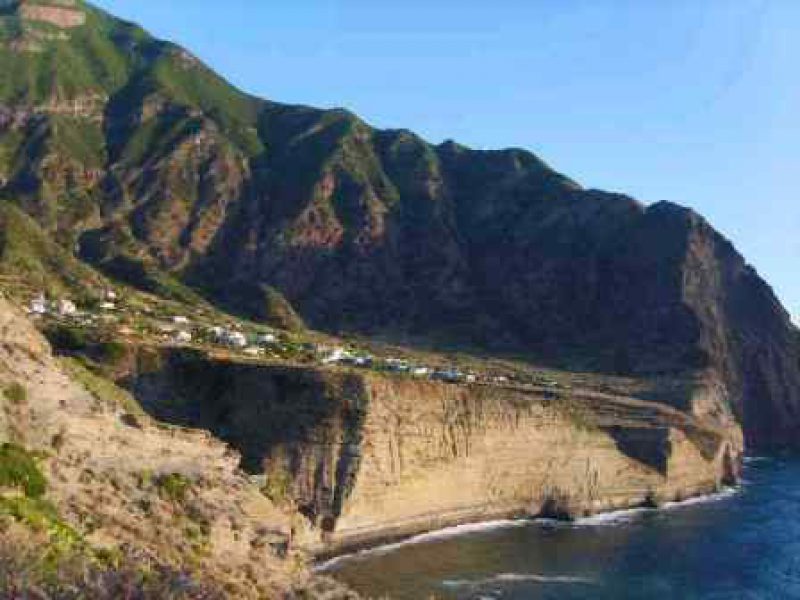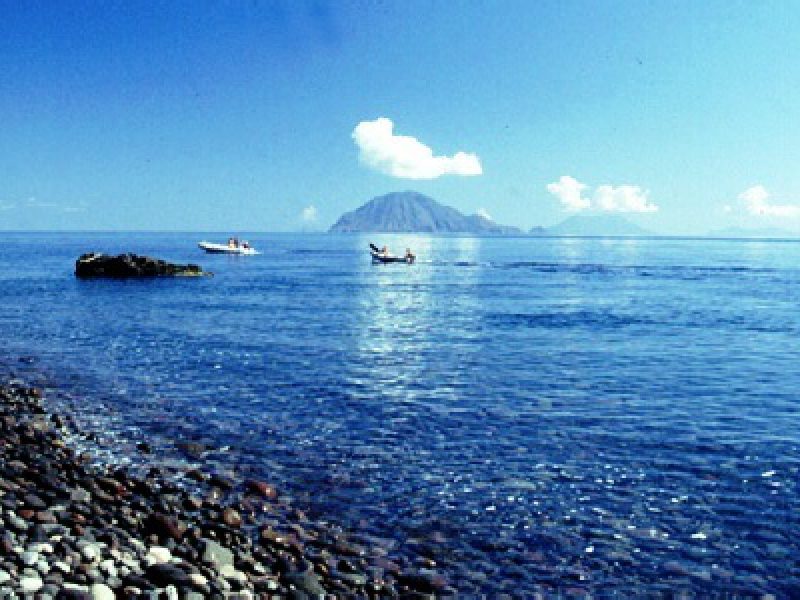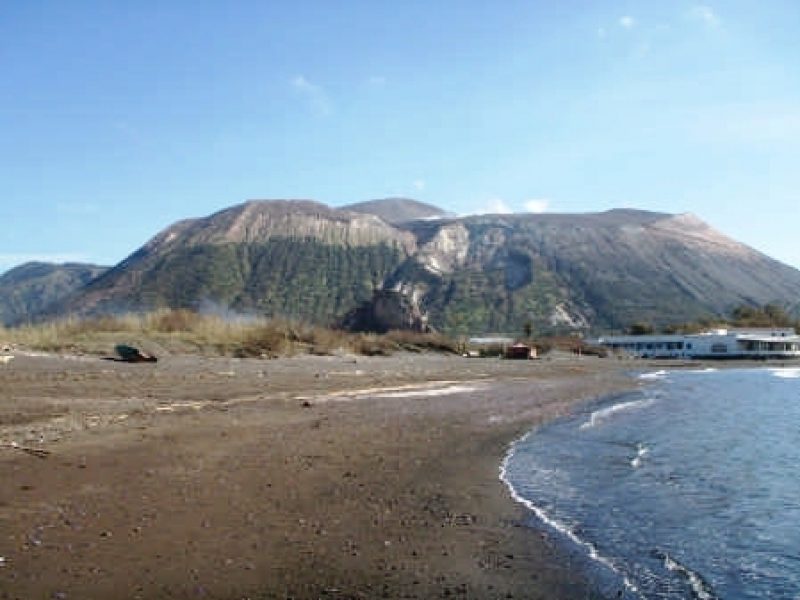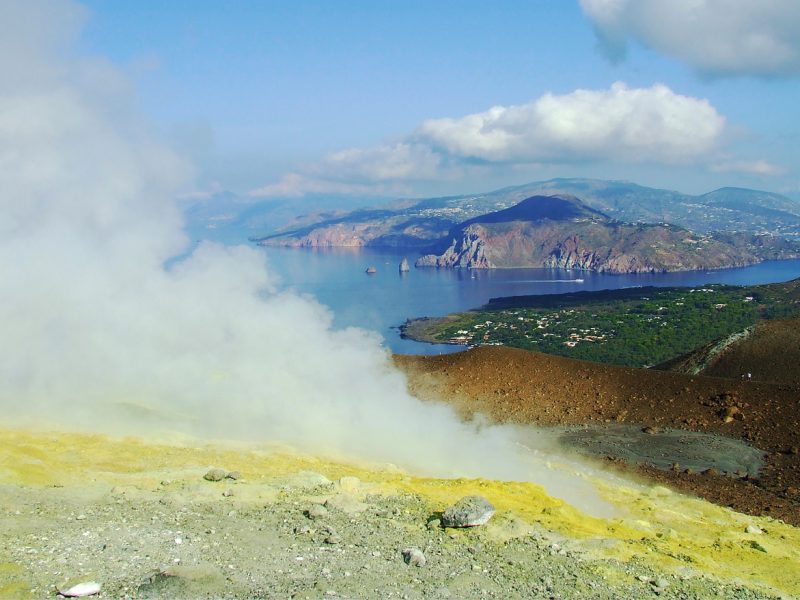Island of Panarea
Panarea is the smallest island of the Aeolian archipelago and is also among the most beautiful. From the geological point of view Panarea is the oldest island of the Aeolian Islands, and with the neighboring islets it is all that remains of the eruptive phenomena of a single volcanic basin, today almost completely submerged and eroded by the sea and the wind. The last traces of current volcanic activity can be found on the beach of La Calcara, in the north-east of the island, with steam fumaroles that reach very high temperatures. Once the island was the largest but the sinking has greatly reduced its primitive surface.
San Pietro is the center of the island and also the place of arrival and departure thanks to its pier. From the port all the narrow streets lead to the three inhabited centers of San Pietro, Drautto and Ditella. Given the size, it is possible to get around the whole island on foot but you can also take the classic and picturesque Aeolian taxi.
Along the road upstream you reach the church of San Pietro. Continuing on, you reach Drautto, where the Caletta degli Zimmari is located, a white sand beach. Continuing we arrive at Punta Milazzese, seat of a prehistoric village. From here an ancient path leads to Cala Junco, perhaps the most beautiful of the Aeolian Islands. Also from San Pietro, heading north, you go to Ditella, known for its thermal springs and fumaroles.
Basiluzzo, located off San Pietro, is the largest uninhabited islet of the Aeolian Islands.
Tourism is the main source of income for the islanders. In addition to daytime tourists during the summer months, Panarea is a summer meeting place for wealthy Italians. The most beautiful beach is located south-east in Cala di Junco. Other bathing possibilities on sandy and pebble beaches are only partially accessible from the water.
Do not miss the excavations of a Bronze Age village in Capo Milazzese. The settlement included about 50 round buildings and a rectangular building, which probably served as a meeting room. The foundation walls of 23 round buildings have been preserved, as well as millstones, pots and ceramic pots.
On the island of Basiluzzo, which in ancient times was a renowned summer retreat for the Romans, there are even the remains of a Roman villa, floor mosaics and wall paintings. The remains of a pier and a thermal bath are found three meters below the sea level.

